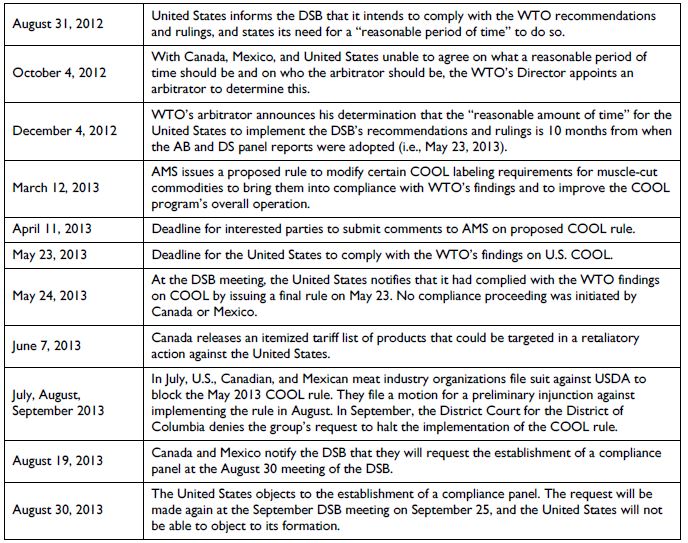It is often said by environmental groups and by many in the media that eating meat is one of the worst things one can do for the environment.
Just to give a few examples, NPR ran a series of shows last year about this time about meat. In one of these shows, it was said that meat consumption has:
more of an impact on the environment than any other food we eat.
and Dan Charles, the NPR correspondent wrote meat production:
It's one cause of deforestation, global warming, water pollution, a lot of environmental problems
To give another example, Bryan Walsh, writing for TIME magazine in 2008 said:
It's true that giving up that average 176 lb. of meat a year is one of the greenest lifestyle changes you can make as an individual.
And, of course, one can find even more polemical arguments that make a similar case, such as Mark Bittman's TED talk.
One of the bases for these claims are the greenhouse gas emissions caused by livestock production. Estimates widely vary, but one common stat cited from the UN FAO is that livestock are responsible for 18% of all global greenhouse has emissions (note, however, some mistakes in their calculations have come to light suggesting this figure is inflated). Some environmental groups put the statistic much higher, saying livestock production is "tied to" 51% of global greenhouse emissions (a figure I don't find many credible scientists supporting). But our own EPA estimates that within the US that ALL of agriculture only contributes 8% of total greenhouse gas emissions from 1990-2011, and only 6.9% in 2011. Livestock, thus must be something less than this (it was estimated at around 3% by the EPA a few years ago).
I mention all this because of several news reports I've heard in the past couple days, such as this one from the Washington Post, indicating:
Greenhouse gas emissions from power plants and other industrial facilities declined by 4.5 percent from 2011 to 2012 as utilities continued to switch from coal to natural gas to generate electricity and produced slightly less power overall, the Environmental Protection Agency reported Wednesday.
Greenhouse gas emissions from these sources have declined by 10 percent in the two years since the EPA began compiling the data in 2010.
A 4.5% reduction in 1 year and a 10% reduction in two years is a sizable change. According to the EPA data, power plants account for 31% of total U.S. greenhouse gas emissions emissions. Thus, a 10% decrease in power plant emissions results in a 3.1% decrease in total US emissions.
How much would one have to cut livestock production to achieve this same 3.1% decrease in total US emissions resulting from a switch to natural gas (primary brought about, in part, by fracking technology)? Well, simple math shows that it if you hold the share of greenhouse gas emissions by livestock constant, you'd have to reduce livestock production by more than 100% if you believe the EPA's figure (that 3% of all GHG emissions are from livestock) or 17.2% if you believe the UN FAO's number (that 18% of all GHG emissions are from livestock) to achieve the same outcome that we've actually witnessed in the last two years in part through fracking. Yes, reducing livestock production might reduce greenhouse gas emissions, but it seems much more has been cut by a switch from coal to gas than we can probably ever expect by reducing meat consumption.
It is also useful to add that technological change in has led to reductions in greenhouse gas emissions in livestock production. One study in the Journal of Animal Science by Jude Capper calculates technological change from 1997 to 2007 has reduced methane emissions by about 23% and carbon emissions by about 20%. Indeed, the executive summary from the EPA's report on changes in emissions indicates a major reduction in methane emissions has come from changes in livestock production (emphasis added):
CH4 emissions, which have decreased by 8.2 percent since 1990, resulted primarily from natural gas systems, enteric fermentation associated with domestic livestock, and decomposition of wastes in landfills.



